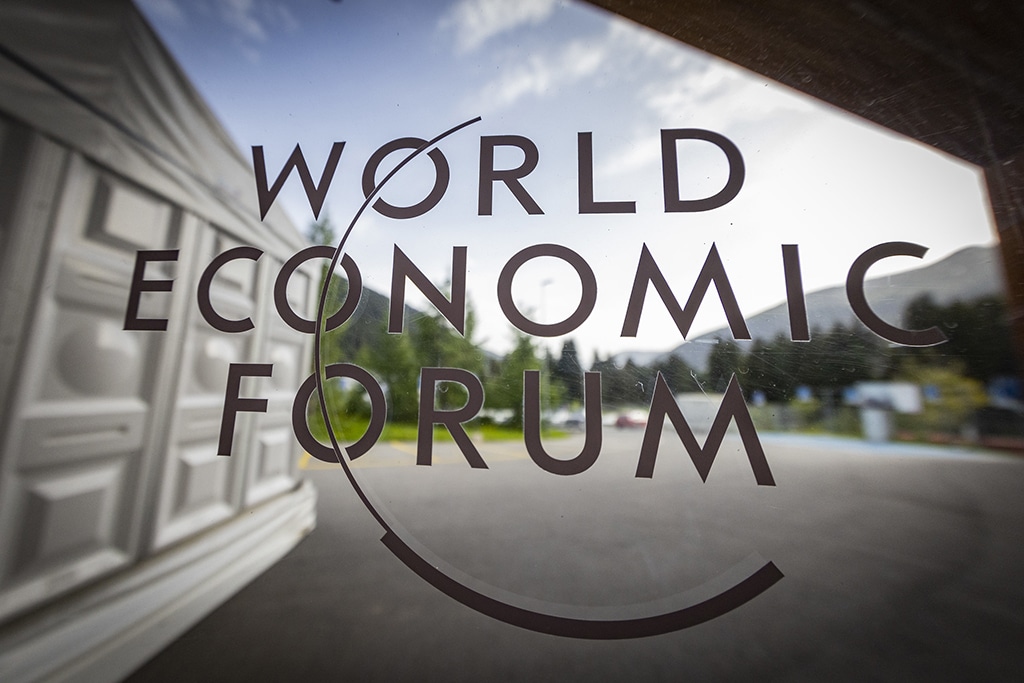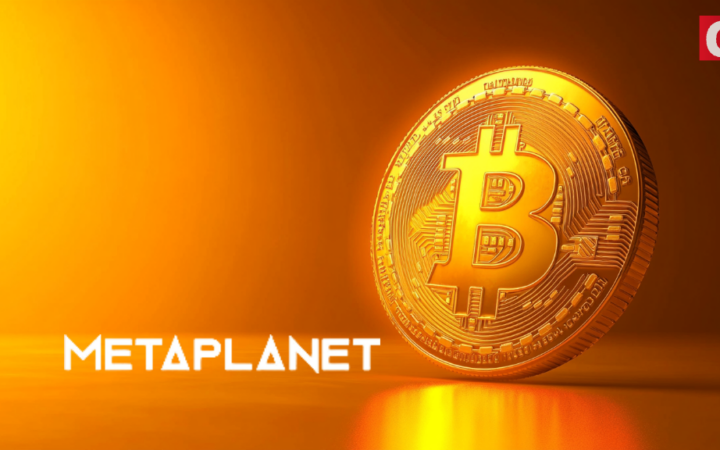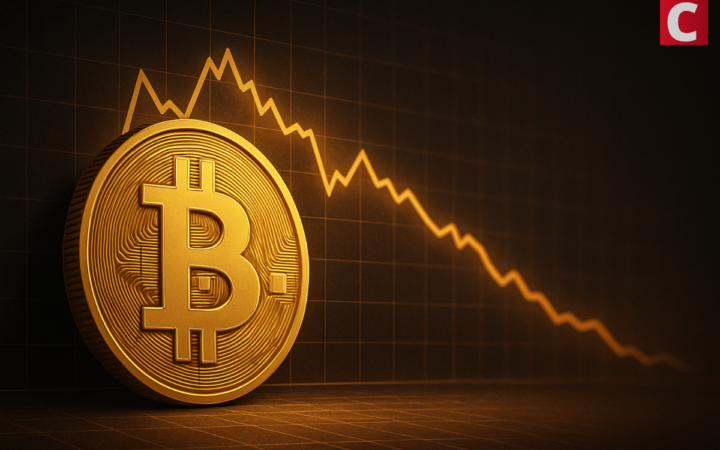
Let’s talk web3, crypto, Metaverse, NFTs, CeDeFi, meme coins, and Stocks, and focus on multi-chain as the future of blockchain technology. Let us all WIN!
The WEF audience agreed on the need for investment portfolio diversification following the economic downturn.

For the first time since the onset of the Covid-19 pandemic, the World Economic Forum (WEF) 2022 held an in-person summit at Davos, Switzerland. Themed “History at a Turning Point: Government Policies and Business Strategies,” the event ran through May 22-26. Several topics were discussed under the above agenda. Here are some of the important takeaways on matters of finance and cryptocurrencies.
Davos 2022 was a perfect case in point showing cryptocurrencies are no longer on the sidelines. The Promenade street leading to the WEF venue was lined with pizza stalls accepting payment in Bitcoin. Crypto players such as USDC stablecoin issuer Circle, Polkadot and crypto brokerage Bitcoin Suisse, among others advertised themselves in flashy banners all over town.
Different from previous forums, crypto was a prominent subject this year, intriguing many in the nearly 2,500 world leaders in attendance. Cryptocurrencies were stated as an alternative to fiat considering the latter’s devaluation.
“The younger generation says the older generation has devalued the dollar or the value of other currencies, so maybe something new isn’t so bad,” David Rubenstein, co-founder of investment firm Carlyle said.
However, Kristalina Georgieva, managing director of the International Monetary Fund (IMF) reiterated what the organization has always said: Bitcoin is an asset, not money.
“A prerequisite for something that would be money is to be a stable store of value,” she said.
Discussions also involved central bank digital currencies (CBDCs), where some found them useful and others not so much.
“For a lot of countries around the world, digital central bank currencies (CBDC) might make sense, I don’t think the United States needs to do them,” Jason Furman, economist at Harvard opined.
Pro-crypto Sen. Pat Toomey noted the same, something Wyoming Sen. Cynthia Lummis also agreed on (in a separate interview):
“I think we ought to have a framework that allows privately issued stablecoins to thrive in a rational framework and if that happens, I’m not sure how much we need a digital dollar.”
Stablecoins became a trending topic at the WEF 2022, despite the event’s moderator efforts to toss them aside. Here, Sen. Toomey mentioned a stablecoins regulation bill he introduced in April. The proposal recommends that banks be permitted to issue stablecoins. Additionally, it calls for registration and licensure for all stablecoin issuers. It now joins a host of other stablecoin-related bills that are yet to see a final vote.
Several WEF attendees, including Circle CEO Jeremy Allaire and Ripple CEO Brad Garlinghouse, said crypto regulation is lagging behind. The latter noted that governments have always been, and will always be hostile to anything that cuts off their control of the financial industry. That said, the lack of clarity over regulations breeds distrust and uncertainty which scares away big money.
Allaire also noted the significance of cross-border remittances, adding that they would sound “crazy,” but would soon see massive uptake. Of note, Allaire’s USDC was involved in the recent remittance enabling partnership between MoneyGram and the Stellar Development Foundation.
With reference to the disastrous Terra meltdown, Garlinghouse urged crypto firms to maintain transparency in their operations.
Aside from that, he noted that Ripple has invested $100 million in the tokenization of carbon credits. Other than reducing carbon emissions, the move would make the carbon trading sector faster, more efficient, and transparent. With the sharp surge in energy prices, making operations more efficient though decarbonization is very welcome.
The convention highlighted vast efforts to revive global economy, following the shocks generated by Covid and the Russia-Ukraine war. Note that the conference barred Russians from attending.
WEF 2022 consensus had it that inflation, quantitative tightening, the crypto crash and low-activity markets were adversely affecting global economies. Here, concern arose on whether the Fed’s actions could result in an unwelcome recession.
The WEF audience also agreed on the need for investment portfolio diversification following the economic downturn. In recent times, stocks and cryptocurrencies have been found to have greater correlation. This has challenged the notion that cryptocurrencies can cushion against inflation effects.
Last but not least, was the hike in fintech mergers and acquisitions (M&A) – another hot topic at Davos 2022. M&A have increased owing to diminishing fintech prices, diminishing profits, and high cash positions. While they may be beneficial for companies, M&A also have their downsides. In the list are unemployment, firm monopoly and debt for the acquiring company possibly to the point of bankruptcy.
Over the years, WEF 2022 conventions have received some level of criticism. But even then, it is likely that several future projects, policies and developments will state the event as one leading to their birth.
Disclaimer: Coinspeaker is committed to providing unbiased and transparent reporting. This article aims to deliver accurate and timely information but should not be taken as financial or investment advice. Since market conditions can change rapidly, we encourage you to verify information on your own and consult with a professional before making any decisions based on this content.

Let’s talk web3, crypto, Metaverse, NFTs, CeDeFi, meme coins, and Stocks, and focus on multi-chain as the future of blockchain technology. Let us all WIN!




